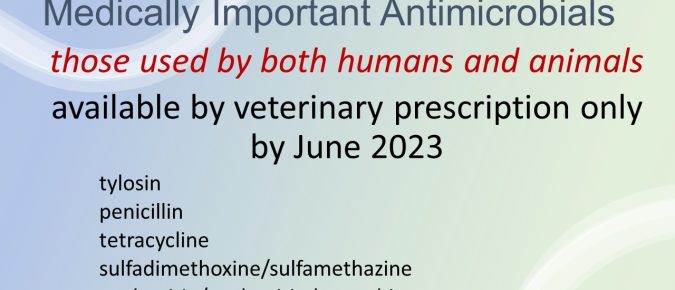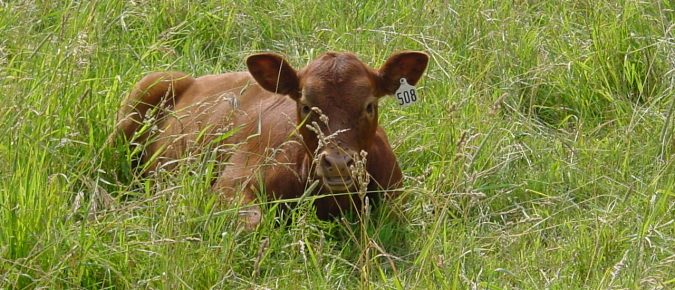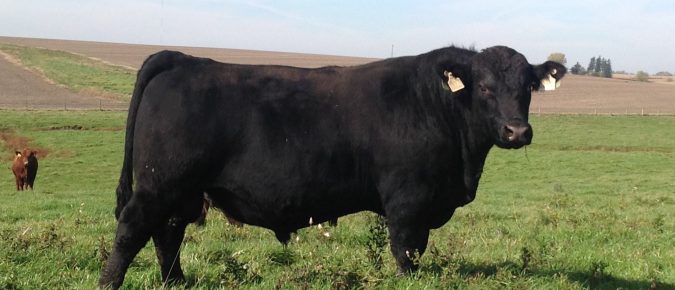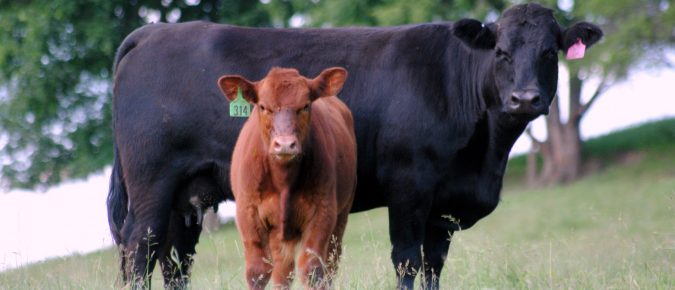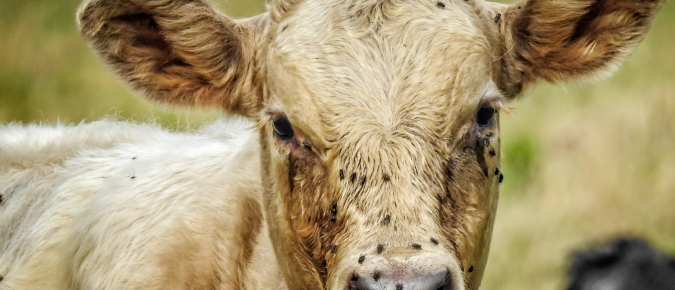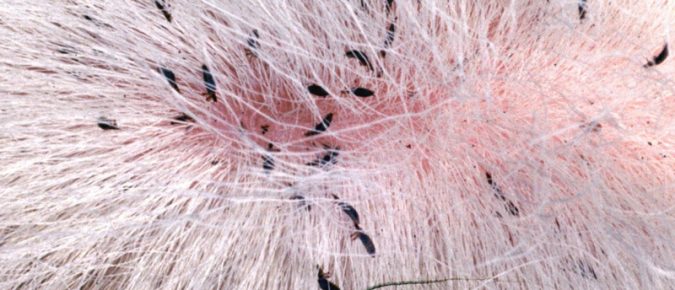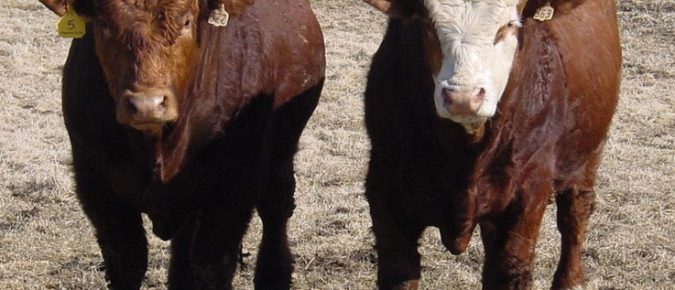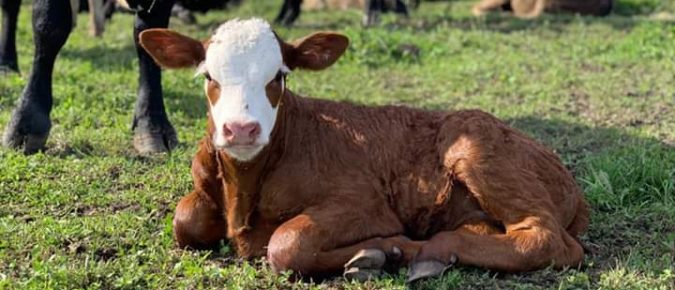The FDA’s Center for Veterinary Medicine (CVM) plan for supporting veterinary antimicrobial stewardship will be fully implemented in 2023 when all remaining over-the-counter (OTC) antibiotics are switched to prescription-only status. The medically important antibiotics (used by humans and animals) becoming prescription only include injectable tylosin, injectable and intramammary penicillin, injectable and oral tetracycline, sulfadimethoxine and sulfamethazine, and cephapirin and cephapirin benzathine intramammary tubes.
Veterinarians are a great resource when establishing a vaccination plan on your farm. A heifer’s destination might lead to different immunity goals depending on if they become replacements or head to a feedlot.
During the dark and cold of winter, it can be uplifting to think about the new season just around the corner. Spring represents new growth and renewal. The same is true of calving season for our beef operations. While in practice our beef calving seasons vary greatly in timing from farm to farm, it’s always […]
As spring calving wraps up, it’s time to turn our attention toward breeding season.UW-Madison Extension offers tips for cow-calf producers to implement breeding soundness exams on their bulls.
UW-Madison Extension provides information to help herd managers understand the complex relationship between parasitic worms and cattle, enabling them to couple best practices in pasture management with the strategic use of deworming products.
UW-Madison Extension provides tips on controlling horn and face flies.
This article was originally published in Wisconsin Agriculturist Most beef farmers are familiar with the onslaught of lice during the winter. It is a common fact that lice populations on cattle peak during the winter months. But what are lice? Lice are small, flat-bodied insects with legs modified for grasping hairs. These creatures are dependent […]
This article was originally published in Wisconsin Agriculturist Magazine Bulls have the greatest impact on a herd’s genetic progress. Deciding to keep a bull for another breeding season warrants protection of this investment to ensure he is in optimal condition when returned to the cowherd. In order to protect your bull investment, implement a plan […]
There are times when cattle producers need to come to the aid of a downed animal. The longer cattle are down, the more likely their weight and inactivity will damage circulation and nerve function to their underside muscles, which leads to a poor prognosis for recovery.
English | Spanish The umbilical cord is the lifeline between the cow and her fetal calf. Fetal oxygen, nutrients and wastes are exchanged through the umbilical cord. The umbilical cord is connected to the cow’s placenta and passes through the calf’s abdomen at the navel. The cord includes a pair of umbilical arteries and a […]

